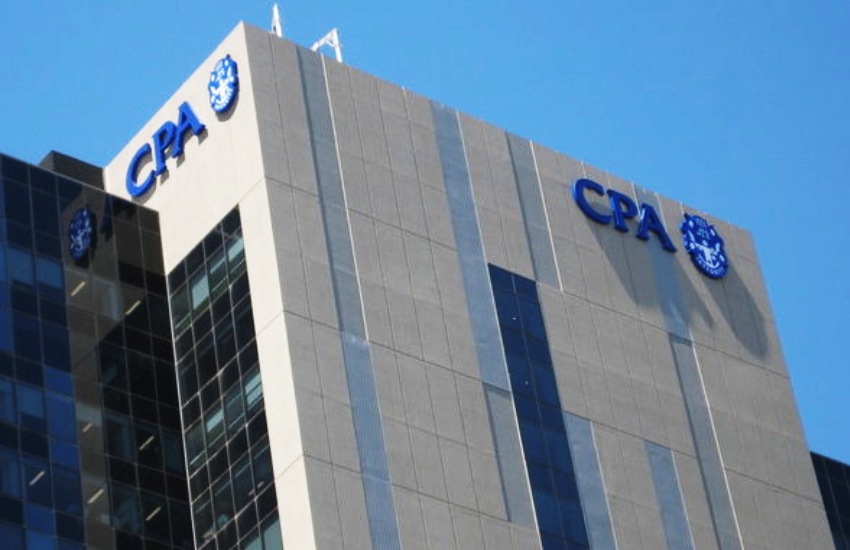CPA takes aim at fee hike for SMSF auditors

CPA Australia has criticised regulatory costs imposed on the industry through ASIC’s industry funding model, particularly the SMSF auditor cancellation fee, which it says may discourage inactive auditors from undertaking the proper cancellation process.
Speaking to SMSF Adviser sister title Accountants Daily, CPA general manager of external affairs Paul Drum said that ASIC’s industry funding model is not fit for purpose, and may be forcing professionals out of the market, particularly smaller players.
He said that the high costs would lead to further market concentration, in turn pushing up prices, and discouraging new entrants into the sector.
“Who should pay for FASEA, ASIC, or to be a registered company liquidator, to be a registered company auditor, to be an SMSF auditor?” Mr Drum said.
“The user should pay because the user gets the benefit, not the person that is actually providing the service.”
In its pre-budget submission, CPA has urged the government to move away from a full cost recovery funding model and instead implement a partial cost recovery model, calling for a reinstatement of funding previously cut from ASIC’s budget.
“The fees may motivate behaviours not in the public interest. For example, charging SMSF auditors cancellation of registration fees at $899 may discourage inactive auditors or those not maintaining necessary levels of competency from cancelling their registration and create increased costs for ASIC in deregistering them through enforcement action,” CPA said.
Further, the professional body has called for additional funding for the Tax Practitioners Board (TPB) but criticised the practitioner fees hike announced in last year’s federal budget to fund such a measure.
“Given that a well-functioning and regulated profession is critical to the tax system and is therefore of benefit to the broader community, such an increase in funding should primarily come direct from taxpayers,” the submission said.
“We are strongly opposed to the application of a full cost recovery model on the TPB. The primary function of the TPB is to regulate tax practitioners to protect consumers — it is therefore consumers that primarily benefit from the work of the TPB, and so, the public should continue to be the main source of funding for the TPB.
“Further, many tax practitioners undertake other regulated roles such as SMSF auditors and/or provide financial advisory services and are already facing large increases in regulatory charges from multiple sources. It is essential that this cumulative impact of higher regulatory charges on professional accountants offering services beyond tax service, be considered.”
Earlier this month, the IPA’s Tony Greco said that regulator funding should be a priority for the government following the final report of the Hayne royal commission.
Mr Greco said that the underfunding of the regulators contributed in part of many of the shortcomings found in the report, calling for the government to relook at boosting funding for the regulators.
“The Tax Practitioners Board is a good case in point, where they’ve been screaming for resources to do the job and they’ve gone back to Treasury and they’ve been basically cut at the knees on previous attempts until they got a lifeline this year,” Mr Greco said.
“It gives you an example of how hamstrung some regulators are, and I think the same can be said about ASIC. Part of the issues that are unravelling or have unravelled has got to do with resourcing and it won’t answer for all the deficiencies that are happening in relation to the findings, but certainly part of the problem has been the resourcing.”






